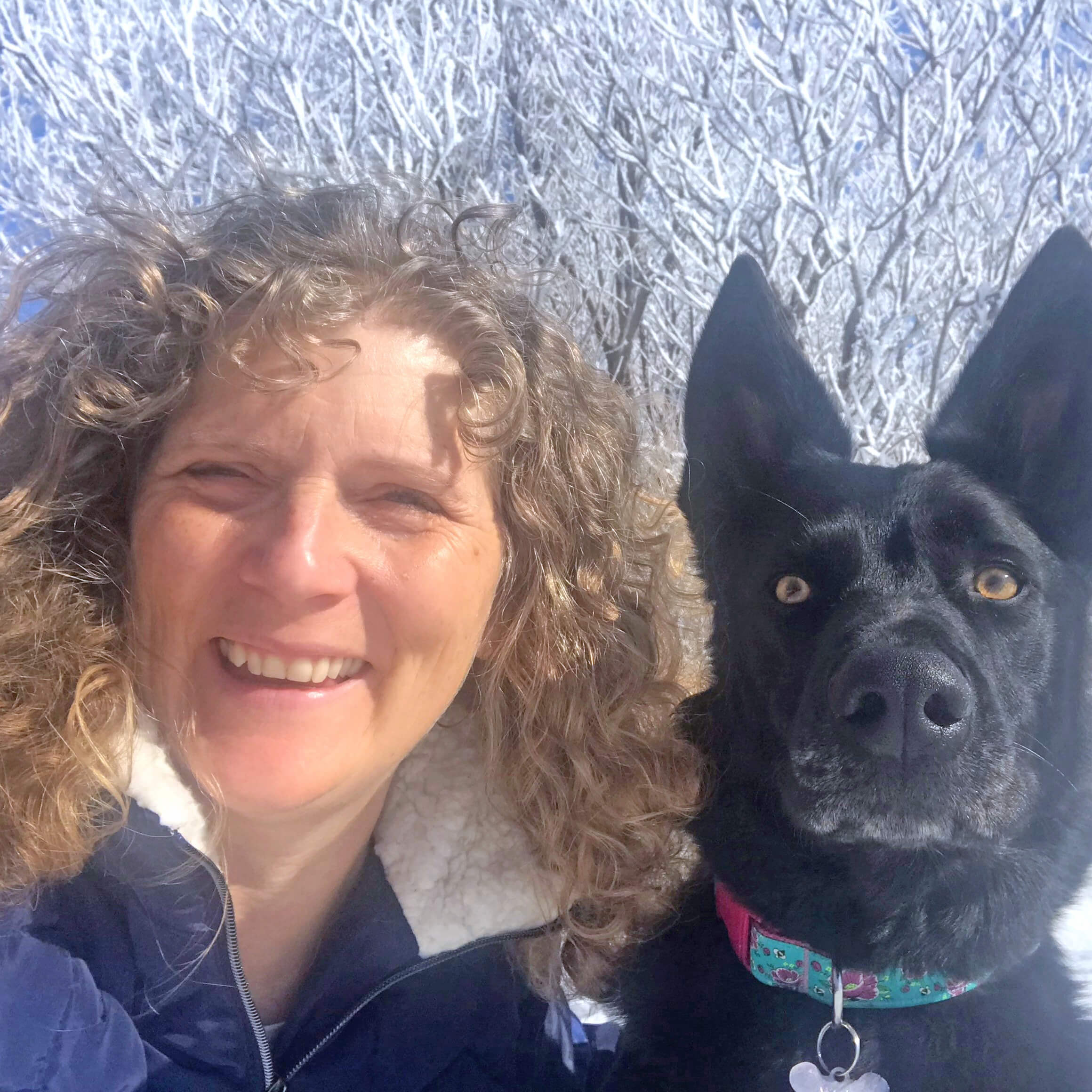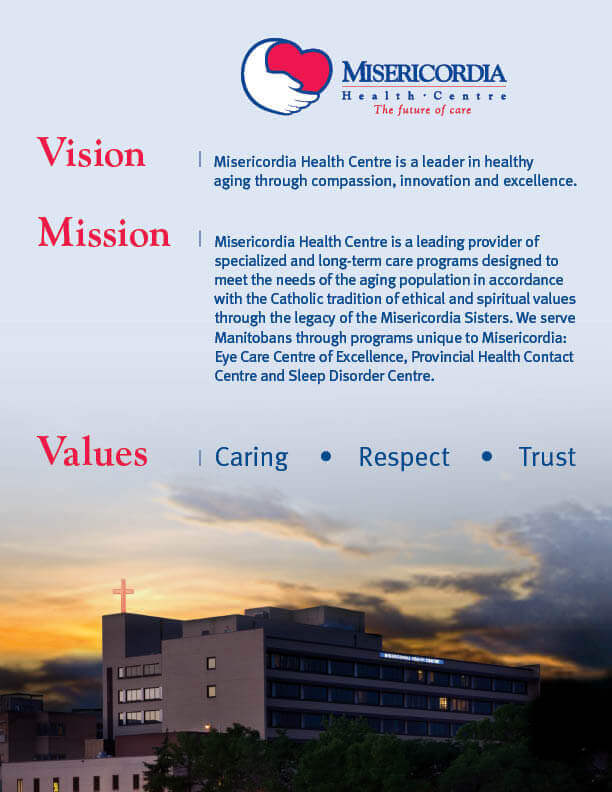Corie wants to raise radon awareness to help prevent lung cancer

Corie Haslbeck’s breast cancer was discovered last May. She’s thankful she did screening at CancerCare Manitoba’s BreastCheck program and the cancer was caught early.
The treatment was a lumpectomy and five days of radiation, which she planned to do as she returned to work as an occupational therapist at Misericordia.
She had a CT-Scan in preparation for the radiation treatments on October 8, and then her phone rang that afternoon, and she was told, “they needed to talk to me.”
The scan showed a lesion on Corie’s lung which turned out to be stage four non-small cell lung cancer with lesions also on two vertebrae. She has a rare biomarker called EGFR Exon 20 insertion, which now has targeted treatment drugs approved in 2021 in the United States, and her oncologist advised of an access program for these when her current treatment is no longer effective. Research, clinical trials, and newly found treatments have been improving the odds of surviving lung cancer, especially in the last few years.
“Funding the research really matters,” she says.
Corie is now on immunotherapy and chemotherapy, and recently got some good news that her tumors have shrunk in size. “Hopefully it keeps working and I’ll be one of the lucky ones…it’s a pretty hard fight…but I am going to fight and stay positive.”
Corie wants to increase awareness about what she suspects to have caused her lung cancer; radon gas exposure in her home. The naturally occurring, invisible and odourless gas is caused by the breakdown of uranium found in soil and rock. When it escapes from the ground into the outdoor air it dilutes and becomes harmless, but when it seeps into a home it can build up and become dangerous.
The Canadian Cancer Society reports that radon is the leading cause of lung cancer in non-smokers. More than 3,300 of the 21,000 lung cancer deaths in Canada each year—about 16 per cent of all lung cancer deaths—are related to being exposed to radon in the home. Health Canada says about 19 per cent of Manitobans live in homes with radon above the 200 becquerels per cubic metre (Bq/m3) level considered safe.
Corie’s home tested over 400 Bq/m3. She hopes her story encourages more people to test their homes for radon gas.
“Please go for breast screening and test your home for radon.”
Basic radon test kits are available for about $60, including laboratory analysis. Testing is usually done during the winter on the lowest floor level of a home where people typically spend four hours per day or more. Go to takeactiononradon.ca for more information and a list of testing resources.
The Manitoba Lung Association radon page (mb.lung.ca/radon) also has a link to purchase a test kit. If your radon is high there are several ways to mitigate it, including increasing ventilation, sealing basements, and installing specially designed traps in floor drains.
Corie also wants to ask people to think about stigma and lung cancer.
“People ask right away, ‘are you a smoker?’ Anyone with lungs can get lung cancer.”
She has never smoked, but she says nobody deserves to get cancer.
As she has faced breast cancer, and now lung cancer, Corie says she has had “amazing support” from friends and family, including her Misericordia family. “I’ve had some really great support to get through this tough time, and people from Misericordia, for sure, that makes a big difference in how you feel. I don’t feel alone in this.”
#mhcfamily

